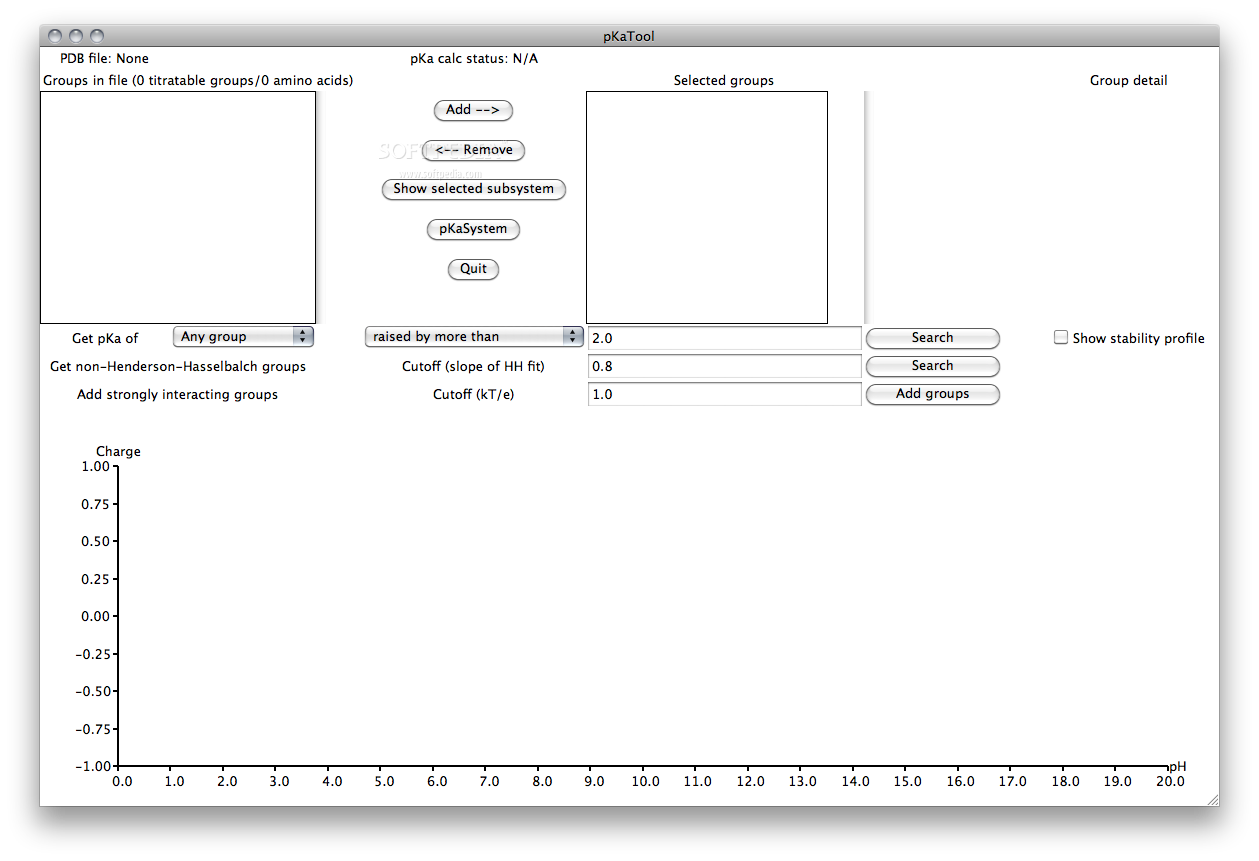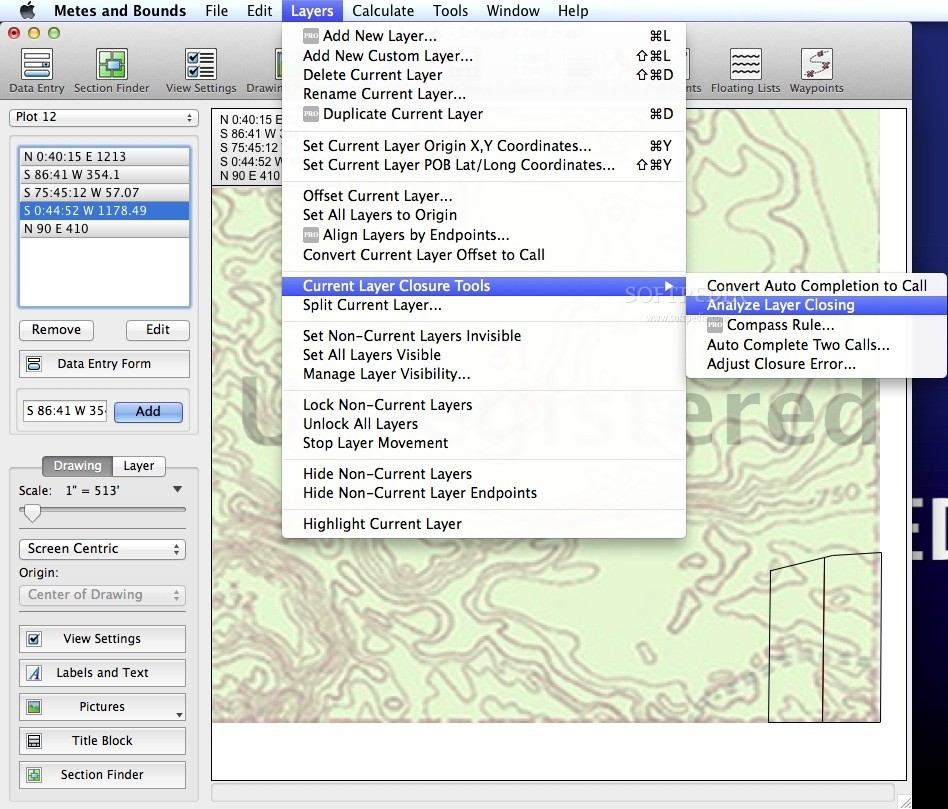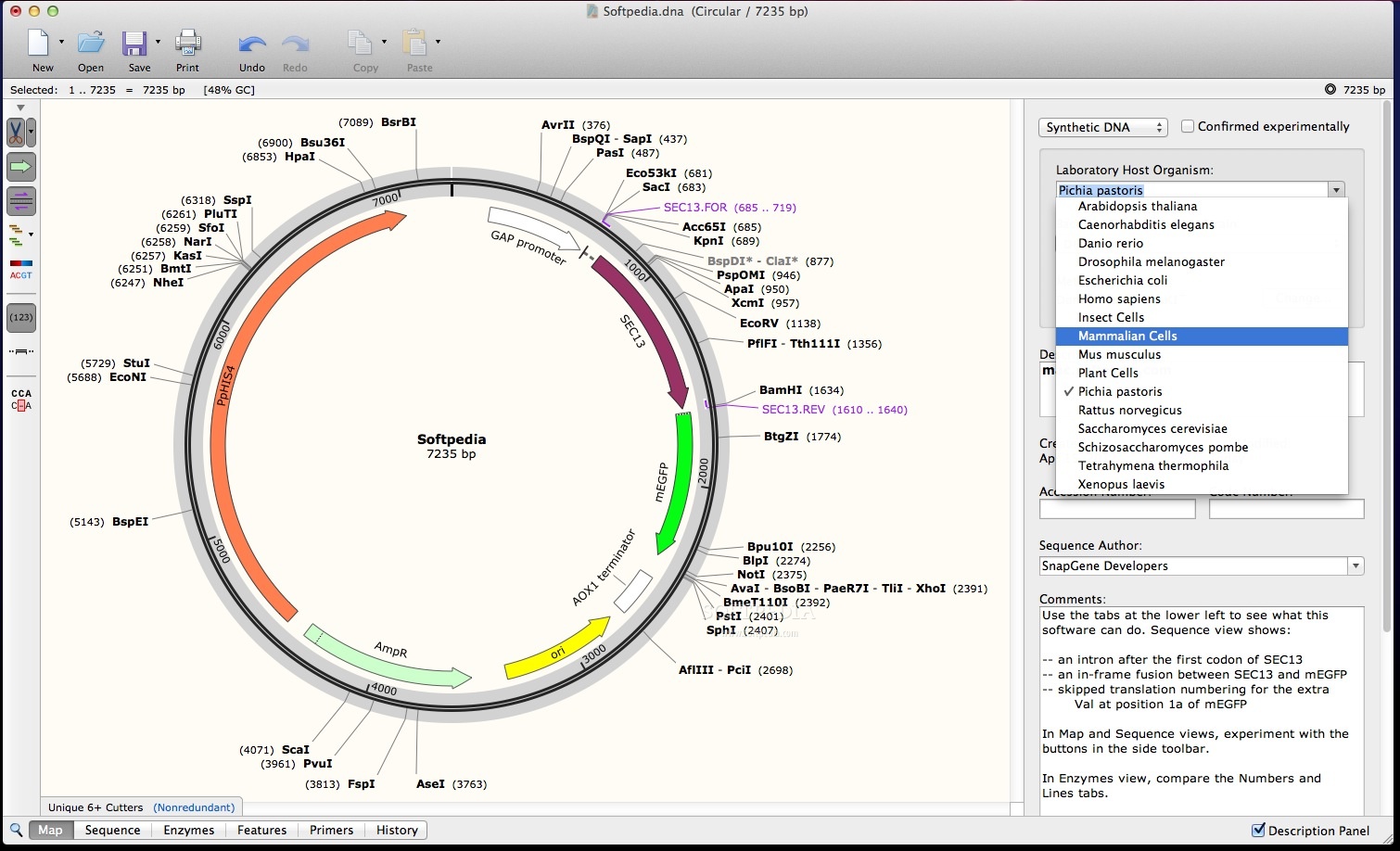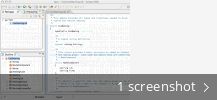| DAVE Home | Features | Changelogs | Screenshots | Downloads | Citations | DAVE/IDL documentation |

- Previous Versions
- Installation Instructions
- Using binaries
Analyzing Fermi data using OSPEX. OSPEX is an IDL package for spectral analysis of solar data. Through OSPEX, you can read and display data as a function of time or energy, subtract background, select time intervals of interest, select a combination of photon flux model components to describe the data, and fit those components to the spectrum in each time interval selected. IDL 7.1 Download and Installation Instructions. The Apple X11 Window System must be installed from the Mac OS X CD-ROM (it is not installed by default). If you plan to install IDL in a default directory (/Applications/), be sure you have administrator privileges before running the installer. Minimum Requirements: Recommended Requirements: CPU: Intel Core i3-3210 3.2 GHz/ AMD A8-7600 APU 3.1 GHz or equivalent: Intel Core i5-4690 3.5GHz / AMD A10-7800 APU 3.5 GHz or equivalent. Mac users interested in Idl 7.1 generally download: idl 8.5 IDL is the trusted scientific programming language used across disciplines to create meaningful visualizations out of complex numerical data.

Latest Development Version
Based on IDL 8.5. New features are usually included here first for testing purposes. To help us iron out bugs and work towards the next stable release, your feedback will be very much appreciated. See installation instructions for basic help with installing DAVE using binaries or from source. If you experience a seg fault in Ubuntu (or any other) linux see Note 1 under linux installation instructions below.(updated: 03-05-2020
 )
)Idl 8.5 For Mac Download
- IDL Source code: dave_dev_src_2020-03-05.zip
- Windows executable (32 and 64 Bit): dave_dev_win_2020-03-05.zip
- MacOS 10.x executable (64 Bit only): dave_dev_macos_2020-03-05.zip.
- Linux executable (64 Bit only): dave_dev_linux_2020-03-05.tgz
- Release Notes:
Latest Stable Release - DAVE 2.4
Based on IDL 8.5.This is essentially an incremental update of the software. In this release, the data reduction capability has seen the biggest impact with the addition of new modules and significant upgrades to existing ones. The changes reflect new instrumentation or upgrades in hardware. Please, consult the integrated User Manual for help on how to proceed. See, for example, the Description of DAVE Software chapter for an overview of application features and the Getting Started chapter for a beginner's tutorial.
Additional information may be found at the main features and new features pages.
See installation instructions for basic help with installing DAVE using binaries or from source.
(updated: 10-27-2020)
- IDL Source code: dave_src_2020-10-27.zip
- Windows executable (32 and 64 Bit): dave_win_2020-10-27.zip
- MacOS X executable (64 Bit only): dave_macos_2020-10-27.zip
- Linux executable (64 Bit only): dave_linux_2020-10-27.tgz
- Release Notes:
DAVE 2.5: Include new features that have been in development since the previous stable release. Now based on IDL 8.7.
- ASCII (3 Column) format: he34_x05.dat
- ASCII (3 Column) format: he34_bkgd.dat
- DAVE 1.x format: dcs_example.dave
See a version history of DAVE.
Brief instructions for installing DAVE
- Using Binaries
Windows. Download the appropriate zip bundle. Unzip the downloaded file into a temporal directory. Navigate into the 'dave' directory that is created, execute 'Setup.exe' and follow the instructions to install DAVE. After installation an entry would be created in your start menu (as indicated during installation) from which you can launch DAVE. A destop shortcut is also created.Note that on some version of Windows, Administrator privileges are required to install an application.
You can just as easily uninstall DAVE (requires Administrator privileges) using one of two methods:- execute the 'Uninstall' program from the relevant programs group from your windows start menu.
- execute 'Add or Remove Programs' from the 'Control Panel', locate the appropriate DAVEprogram and click on the 'remove' button to uninstall it.
MacOS X.
Note: X11 must be installed and running for DAVE to work. X11 for MacOS X can be obtained from the XQuartz project site.- Download the development version from the link above
- Double-click on the downloaded *.tgz bundle to extract its contents.
- An application bundle called dave (stable version) or daveCVS (development version) will be created. You can now delete the downloaded .tgz file.
- If you are unhappy with the location in which the extracted bundled is placed, use Finder to move the application bundle, dave or daveCVS, to any desired location (for example to the Applications folder). Note that if you do move the application bundle, you must use Finder! Also, do not rename the application bundle because it will not work any longer!
- Finally, double-click on the application bundle to launch DAVE.
Linux. download the appropriate version from the link aboveand extract the files (eg 'tar zxvf downloaded_file.tgz'). Then change directory to the 'dave' directory and run './dave'. Please note that DAVE must be launched from the installation directory otherwise some program modules may not work properly.
Note 1:For some linux distributions (eg Ubuntu 10.04), users have reported a seg fault with newer versions of DAVE which has been traced to a missing libstdC++ library. This can be fixed by locating and installing the package for your distribution that provides libstdC++.so.6. For Ubuntu, this can be achieved by visiting http://rpm.pbone.net/index.php3/stat/2/simple/2; enter libstdc++.so.6.0.3 in the search field and select RedHat EL 4 distro;then seach, download and install the appropriate package that is found for your distribution.
Note 2: If you are experiencing any problems with fonts and/or plotting, then you need to modify the file called 'dave' and change the line:
topdir=`dirname $0`
so that the topdir variable points to the installation directory in which the 'dave' file is located. For example, if the downloaded DAVE archive was extracted into a directory called /home/path/to/dave, the line in the 'dave' file should be
topdir=/home/path/to/dave
This modification should also enable dave to be executed from anywhere (without changing directory to the installation directory first). Thus DAVE can be launched by issuing the command '/home/path/to/dave/dave' from anywhere.
In addition, executing the following soft link as root:
ln -s /home/path/to/dave/dave /usr/local/bin/dave
would give any user the ability to execute DAVE by simply typing dave on the command line irrespective of the current directory. - From Source
Note 1: A valid IDL license is required for this.
Note 2: The recommended IDL version is the one that we are currently using for our own builds (as indicated above for the stable and development versions).
Note 3: We can no longer support project files that work for IDL 6.4 or earlier!Download the appropriate stable or development source code zip bundle and extract the contents into a self-contained directory.Proceed with the following steps to build and execute DAVE.
- Launch the IDL development environment (IDLDE).
- In IDLDE, open a new project by selecting File > New Project menu item.
- In the dialog that appears, specify an appropriate name for the new project in the Name field. In the Location section, choose the Create the new project from an existing directory. In the Directory field, use Browse button to navigate to the directory into which you extracted the downloaded source code, then select the dave and then the programs sub-directories. So the Directoryfield should have:
{IDL_SRC_DIR}daveprograms
where {IDL_SRC_DIR} is the location of the extracted source code you downloaded.Make sure to check Update IDL path when project is opened or closed and finallyclick on the Finish button to create the project. A new project in the specified name will be appear in the Project Explorer which is located onthe left side of the IDLDE workbench. - The new project should be opened by default. Close all other opened projects.
- Right-click on the new project and select the Properties option. A new dialog will be displayed.
- In the properties dialog you can customize varioua aspects of the project. You mustchange the run command by selecting the IDL Project Properties on the left panethen specifying dave as the Run Command (by default the run command will bethe same as the project name).Apply and close the properties dialog.
- Build the project. Right-click on the project and then select Build Project.Repeat this step - i.e. the proect should be built twice!
- Run the project. Right-click and select Run Project. Hopefully DAVE should launch without errors!
- The path to several files that are included in the project and also part of the IDL distribution, are not automatically resolved when the project is loaded for the first time. These files have a red 'x' marker shown next to them in the project tree view - use the vertical scroll bar on the project window to scroll up/down. Manual intervention is required to specify their location as follows:
- Nine of these files (idlexinscribingview__define.pro, idlexmodelmanip__define.pro, idlexobjview__define.pro, idlexobjviewwid__define.pro, idlexviewgroup__define.pro, idlexviewmanip__define.pro, idlexvolview__define.pro, idlexvolviewwid__define.pro, idlexwidget__define.pro) are located in the directory '{IDL_INSTALL_DIR}/lib/utilities/'
- one file (orb__define.pro) is located in the directory '{IDL_INSTALL_DIR}/examples/doc/objects/'.
- Next, the top-level directory where the source files are located should be included into IDL's search 'path'. Select the 'File->Preferences' menu. A dialog will be displayed. Select the 'Path' tab on the far right. Click on the 'Insert' button half way down the dialog. A directory browser is shown. Navigate to and select the top-level directory underneath which the 'dave.prj' file is located - this should be the 'programs' directory, if the download structure was maintained. Click 'OK'. The selected directory will be displayed in the list box section of the Preferences dialog. Check the box to the left of the directory to indicate that all sub-directories should also be included in the search 'path'. Click on the 'Apply' button. Click on the 'OK' button.
- To perform a build of the entire project, select the 'Project->Build' option from the main application window. The project should compile successfully without any errors.
- Finally, select the 'Project->Run' option to execute DAVE. -->
 If you reduced, analyzed or visualized your data using DAVE, please acknowledge itsuse by including the following reference:
If you reduced, analyzed or visualized your data using DAVE, please acknowledge itsuse by including the following reference:[1] DAVE: A comprehensive software suite for the reduction, visualization, and analysis of low energy neutron spectroscopic data
Idl Mac Download Mac
,R.T. Azuah, L.R. Kneller, Y. Qiu, P.L.W. Tregenna-Piggott, C.M. Brown, J.R.D. Copley, and R.M. Dimeo,J. Res. Natl. Inst. Stan. Technol. 114, 341 (2009).Disclaimer
This software was developed at the National Institute of Standards andTechnology at the NIST Center for Neutron Research by employees of theFederal Government in the course of their official duties. Pursuant totitle 17 section 105* of the United States Code this software is notsubject to copyright protection and is in the public domain. The DAVEsoftware package is an experimental neutron scattering data reduction,visualization, and analysis system. NIST assumes noresponsibility whatsoever for its use, and makes no guarantees,expressed or implied, about its quality, reliability, or any othercharacteristic. The use of certain trade names or commercial productsdoes not imply any endorsement of a particular product, nor does itimply that the named product is necessarily the best product for thestated purpose. We would appreciate acknowledgment if thesoftware is used.
*Subject matter of copyright: United States Government works
Copyright protection under this title is not available for any work ofthe United States Government, but the United States Government is notprecluded from receiving and holding copyrights transferred to it byassignment, bequest, or otherwise.
Idl 8.2 Download Mac
Acknowledgments
This work is basedupon activities supported by the National Science Foundation underAgreement No. DMR-0944772 (previously DMR-0454672 for period 2005 to 2010).
Idl Mac Download Windows 10
The DAVE development team consists of Richard Azuah, John Copley, RobDimeo, Sungil Park, Seung-Hun Lee, Alan Munter, Larry Kneller, Yiming Qiu, Inma Peral, Craig Brown, Paul Kienzle and Philip Tregenna.Additional open source utilities written by David Fanning, Ronn Kling,Mark Piper, Michael D. Galloy, and Craig Markwardt have beenincorporated into some of the DAVE programs as well.
